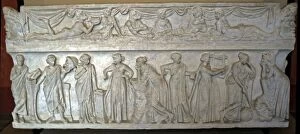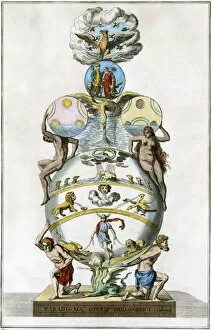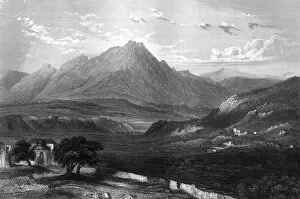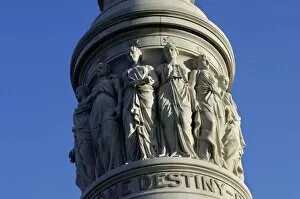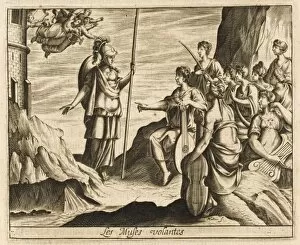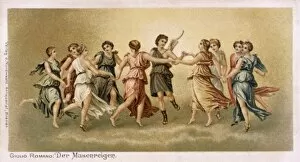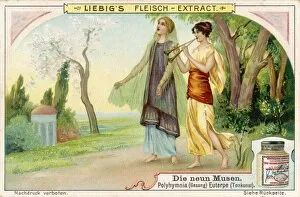Muses Collection (#10)
In the realm of art and literature, they have always held a captivating allure. From Sappho's enchanting verses to the House of Muses, their influence knows no bounds
For sale as Licensed Images
Choose your image, Select your licence and Download the media
In the realm of art and literature, they have always held a captivating allure. From Sappho's enchanting verses to the House of Muses, their influence knows no bounds. Just like Minerva Victorious over ignorance in that mesmerizing Roman mosaic, these divine beings inspire us to reach new heights. Among them are Thalia and Erato, who grace us with laughter and love through their poetic touch. Clio and Calliope guide our pens as we delve into history's depths, weaving tales that stand the test of time. Even Beethoven himself found solace in listening to his muse, as depicted in the evocative charcoal sketch from 1912. A glimpse at a Roman mosaic reveals the timeless beauty of these ethereal figures; they dance across its surface with grace and elegance. The Torre de Palm mosaic transports us back to an era where creativity flourished under their watchful eyes. Rhetorick comes alive within the pages of The Gentleman's Recreation by Richard Blome - a testament to how muses ignite our eloquence and rhetoric skills. As we explore THE NINE MUSES' vast domain, Terpsichore leads us on a rhythmic journey filled with music and dance. Faust immerses himself in profound studies while Milton's poems echo through centuries past - both driven by inspiration bestowed upon them by these celestial beings. Their presence is undeniable; they breathe life into every stroke of genius. Let us embrace this eternal connection between artist and muse, for it is through their guidance that masterpieces are born.


